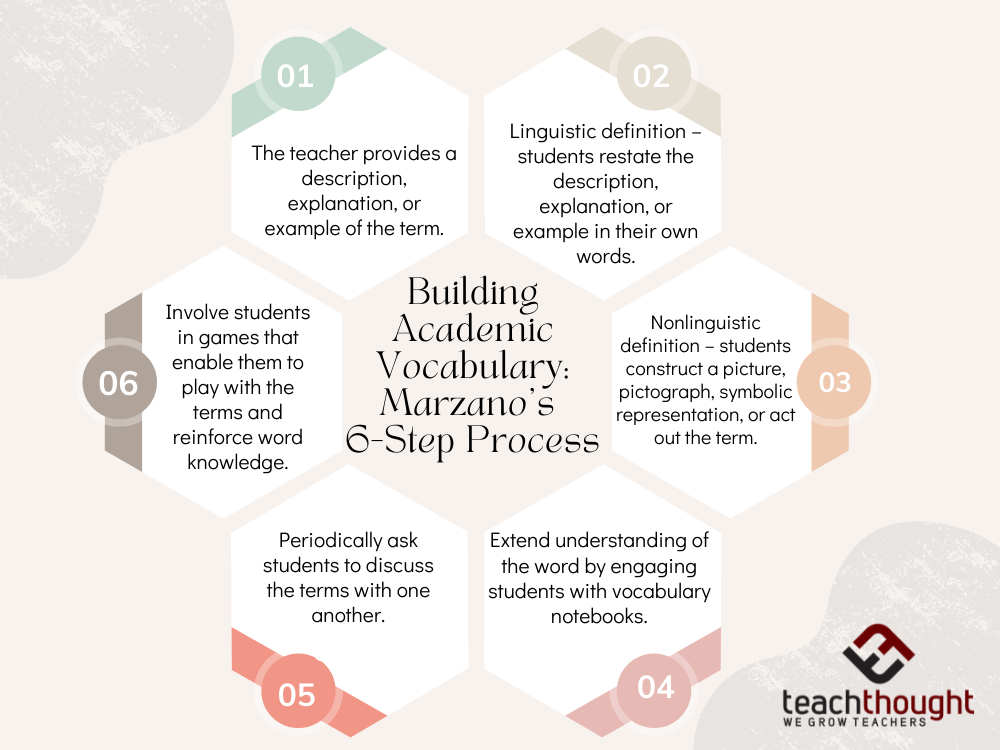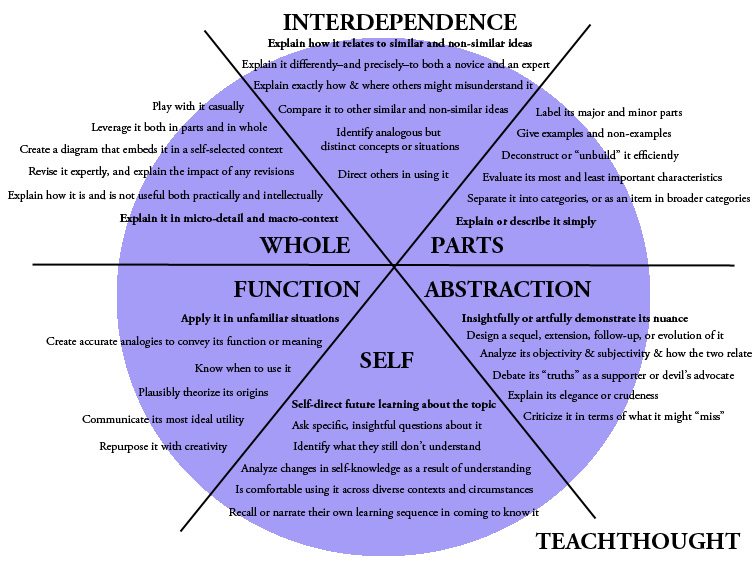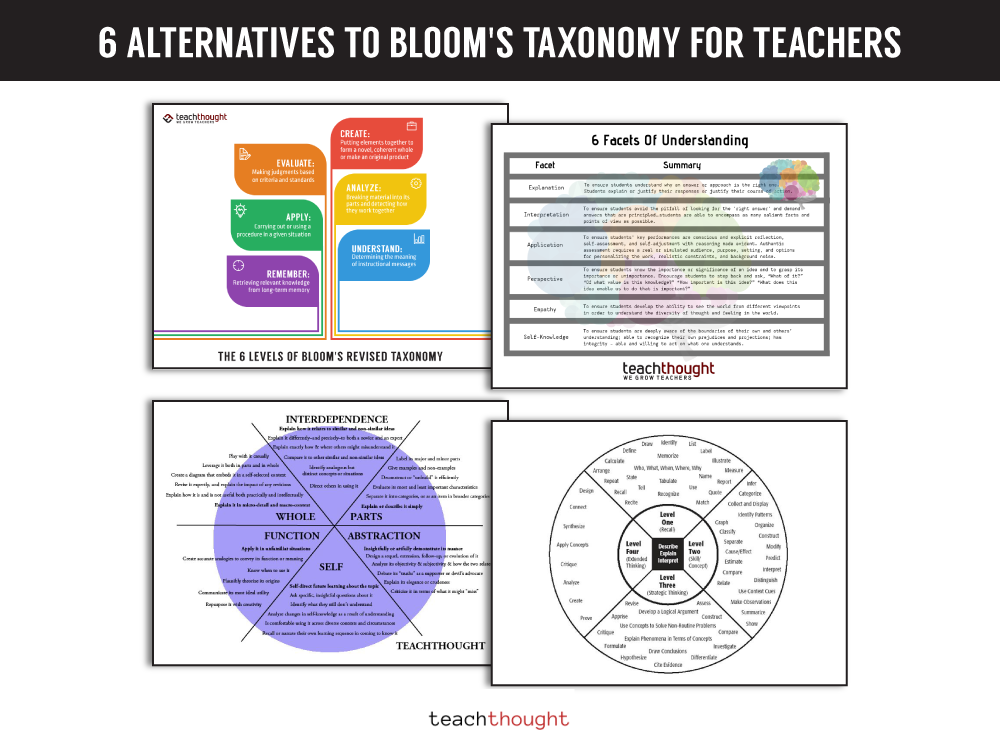Marzano’s 9 Instructional Strategies For Teaching And Learning
Marzano’s 9 Instructional Strategies include non-linguistic representations, generating and testing hypotheses, and summarizing.

Marzano’s 9 Instructional Strategies include non-linguistic representations, generating and testing hypotheses, and summarizing.

In this post, Marzano laid out a 6-step process for building academic vocabulary, including direct instruction and playing with words.

The need to be rational collides with the enormous complexity and scale of the circumstances teachers face.

These 32 research-based instructional strategies include Setting Objectives and Reinforcing Effort/Providing Recognition.
These strategies are research-based and tuned for 8th-grade classrooms. Each card includes a short description, citations, and two “Try it” moves you can use tomorrow. Planning & Clarity Setting Goals & Success Criteria Make learning goals visible and pair them with concrete success criteria students can self-check. Evidence: Locke & Latham (2002) · REL Midwest…

The Heick Learning Taxonomy can be used to guide planning, assessment, curriculum design, and self-directed learning.
Examples of Bloom’s Taxonomy in the Classroom Examples of Bloom’s Taxonomy in the Classroom A research-based, teacher-ready guide with nine concrete examples per level across elementary, middle, and high school. Verbs are bolded to make the cognitive demand unmistakable. Related reading What Is Bloom’s Taxonomy? 126 Bloom’s Digital Verbs For Technology-Rich Teaching Bloom’s Taxonomy Verbs…
A Guide For Power Standards In Teacher Planning Power Standards: Finding What Matters Most Too many standards, not enough days. Power standards help a team decide which learning goals get full instructional weight and repeated practice. What Are Power Standards Power standards are the small set of standards a team agrees to teach thoroughly. Doug…

Like thinking, reading in the 21st century is endlessly linked in an increasingly visible web of physical and digital media forms.

Why might you need alternatives to Bloom’s Taxonomy? While wonderful, it neglects important ideas that see the whole child.

Education research is great, but it has nothing on what you are able to see every day within your classroom.
Classroom Management Terms Dictionary – Classroom Management Terms Classroom Management Terms Key practices, routines, and strategies that create a productive learning environment 1. Behavior Management Definition: The strategies, interventions, and systems teachers use to prevent and respond to student misbehavior. Classroom Example: A teacher uses proximity, praise, and redirection to manage off-task behavior during group…